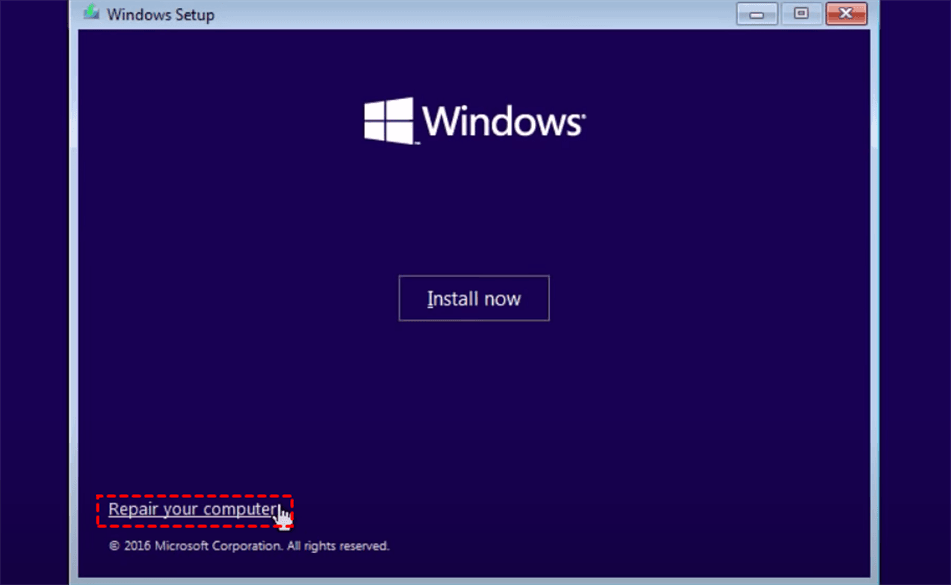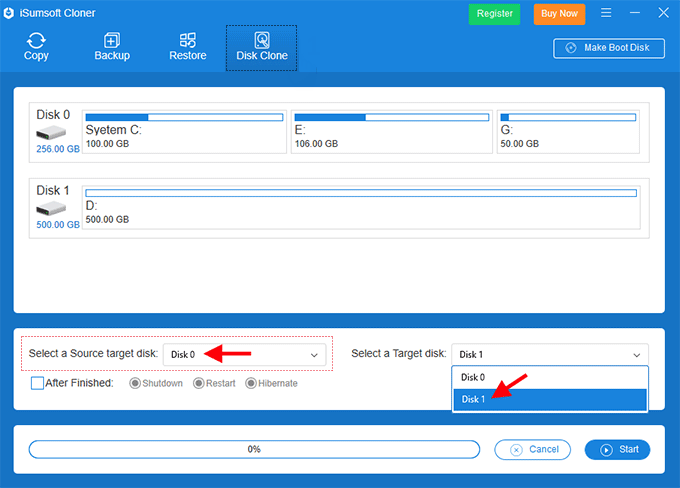

- BOOT DRIVE CLONED TO NEW DISK BUT WINDOWS NOT ACTIVATED UPGRADE
- BOOT DRIVE CLONED TO NEW DISK BUT WINDOWS NOT ACTIVATED WINDOWS 10
- BOOT DRIVE CLONED TO NEW DISK BUT WINDOWS NOT ACTIVATED PC
Type "exit" and press Enter to exit diskpart and close Command Prompt. Now, the system partition is set to active. List partition 1: 1 reprents the system partition number on the cloned SSD Select disk 0: 0 reprents the SSD drive number In Command Prompt, execute the following command. In a Windows 7 installation media, in "System Recovery Options", select the first item and Windows 7 as the operating system, click "Next" and then "Command Prompt".ģ.
BOOT DRIVE CLONED TO NEW DISK BUT WINDOWS NOT ACTIVATED WINDOWS 10
In a Windows 10 (or Windows 8.1, Windows 8) installation media, select "Troubleshoot" and then "Command Prompt". Boot your computer from the Windows installation media. Select the language and region, and then click "Repair your computer".Ģ. So please reset your primary partition as active using the Diskpart.ġ. If the primary/system partition is not set as "active", then you will be unable to boot from the new SSD. Then press on “F10” to save the changes and exit the BIOS. Then reboot your PC. If the new SSD is not in the list, open your computer and connect it to the motherboard correctly, and set it as the first bootable device in BIOS. If your boot disk is there but not on the top, use the arrow key to move it to the top.

In the boot order list, you can check whether your boot disk is on the top of that list. Select “Boot priority order” and hit on Enter. Then access to the “Boot priority order” or “Boot order” menu.

Restart your computer and tap a function key like F2, F8, etc before the Windows logo shows up, and then you will enter the BIOS setup menu. To set it the first boot drive, do as following: If the new cloned SSD is not set as the first boot device, it is more likely that you cannot boot from it and meet some error messages. Ensure the boot mode and SSD parititon style are compatible Solution 1.Verify the SSD is the first boot device Solutions to “cloned SSD not booting”ĭifferent causes behind the “not able to boot from new SSD” issue requires the different solution. Generally, the following 5 solutions are recommended.
BOOT DRIVE CLONED TO NEW DISK BUT WINDOWS NOT ACTIVATED PC
Why would that happened? Here we conclude some possible reasons.ġ. The SSD was not the first boot device in BIOS.ģ. If your cloned drive is a GPT disk, and your PC does not support UEFI mode, then the SSD won’t boot after clone.Ĥ. The Master Boot Record of the cloned SSD is damaged.ĥ. The boot sector wasn’t copied and you need to make sure that you copied all partitions. However, part of users may encounter a common problem like the scenario said, not able to boot from the new SSD.
BOOT DRIVE CLONED TO NEW DISK BUT WINDOWS NOT ACTIVATED UPGRADE
When computer users are eager to upgrade HDD to SSD for better performance, most of them would like to clone HDD to SSD to evade the hassle of reinstalling OS and applications from scratch. What went wrong here? How can I solve it? Why not able to boot from new SSD? However, when I started my laptop I found the SSD won’t boot after clone and I got the message as “no bootable device found”.

After clone, I removed the HDD and installed the SSD. So I tried to clone my HDD to the new SSD. I want to upgrade the hard disk for my Windows 10 laptop HDD to SSD, but I do not want to reinstall Windows OS and the applications.


 0 kommentar(er)
0 kommentar(er)
